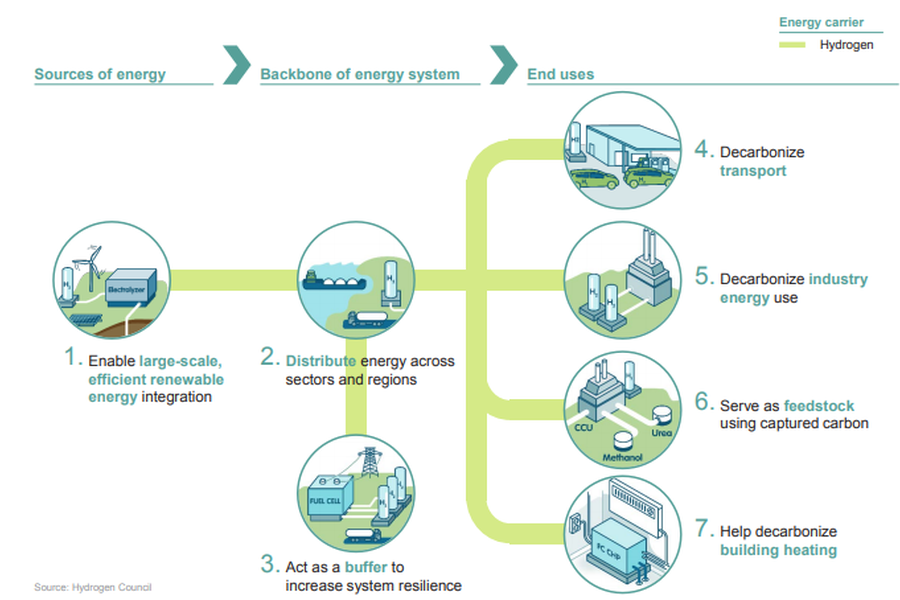Energy Transition
No single energy source will meet the energy challenges of the future on its own
According to the International Energy Agency (IEA) Energy demand worldwide grew by 2.3% in 2018 driven by a robust global economy and stronger heating and cooling needs in some regions. Natural gas led the increase, accounting for 45% of the rise in energy consumption. Gas demand growth was especially strong in the US and China. Demand for all fuels increased, with fossil fuels meeting nearly 70% of the growth for the second year running. Solar and wind generation grew at double-digit pace, with solar alone increasing by 31%. Coal use was up to meet higher electricity demand around the world that also drove up coal use.
With demand growing rapidly, how can we make the energy transition to clean energy. According to the EIA, renewable energy is the world’s fastest growing form of energy, but fossil fuels will continue to meet much of the world’s energy demand.
Ten Facts about The Energy Transition
- Achieving economic growth without increasing greenhouse gas emissions is improving at only 1% per year. Securing economic growth and energy efficiency will require innovative new approaches.
- Energy use has a major impact on our climate, accounting for two-thirds of global greenhouse emissions. Forward-thinking businesses and governments are investing in solutions that use less energy, reduce costs and make it easier for consumers to make the transition.
- Switching from coal to gas could reduce the worlds CO2. The world gas reserves are still high.
- Carbon capture and storage is essential to achieve reduced emissions.
- Electric vehicles are growing to help alleviate emissions from vehicles.
- Onshore wind and solar photovoltaic are the cheapest electricity sources in favorable locations.
- Up to 20% of electricity is lost during transmission and distribution. New smart-grid technologies can recover most of these losses and reduce CO2 emissions by up to 4% in the next 10-15 years.
- The global energy transition is being led by new technologies and drastic drops in the cost of electricity storage needed to cope with fluctuations in renewable power generation. Except for of pumped-storage hydroelectricity, electricity storage is at an embryonic stage.
- The energy industry uses 15% of the world's supply of fresh water. Meanwhile, two-thirds of the world's population faces a water shortage. Solar and wind power improves energy security while also alleviating the water shortage in water-stressed regions.
- If we used only coal, oil and gas reserves we would exceed the CO2 threshold to limit global warming. But we can't survive on renewables alone. Forward-thinking oil and gas companies are already considering ways to optimize their portfolios to avoid stranded assets and are pursuing opportunities in gas and renewable energy.
The Role of Hydrogen in the Energy Transition
Hydrogen and fuel cell technologies have significant potential to enable this transition to a clean, low-carbon energy system. Completing this transition will result in greatly reduced greenhouse gas emissions and improved air quality.
Hydrogen is a versatile, clean, and safe energy carrier that can be used as fuel for power or in industry as feedstock. It can be produced from (renewable) electricity and from carbon-abated fossil fuels. It produces zero emissions at point of use. It can be stored and transported at high energy density in liquid or gaseous form. It can be combusted or used in fuel cells to generate heat and electricity.

